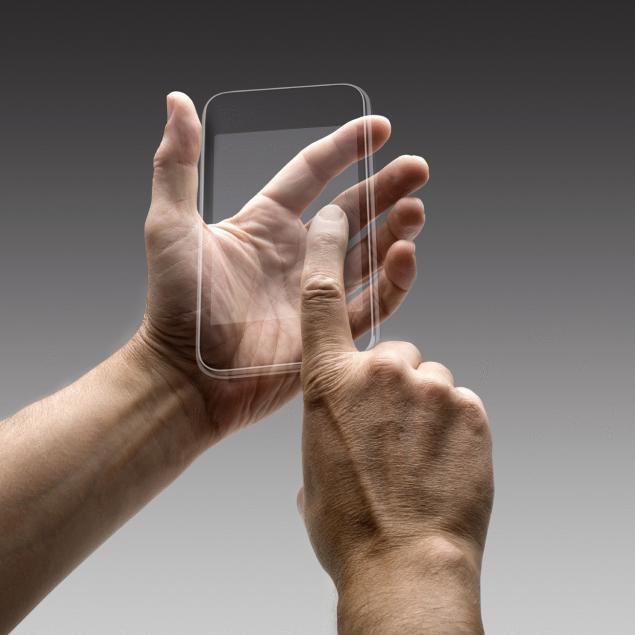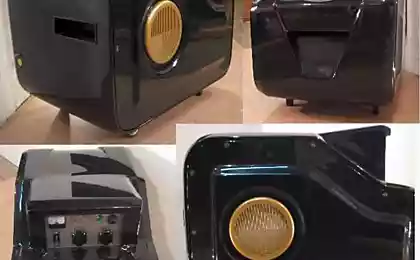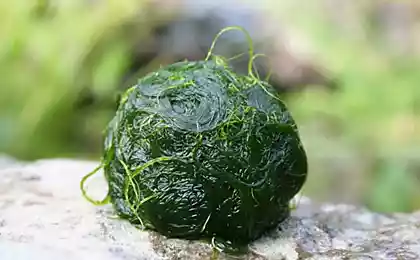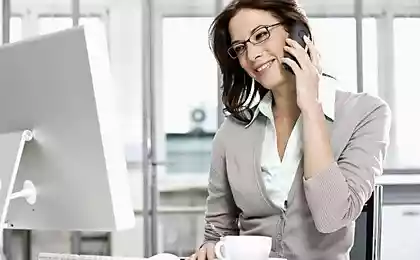403
Touch screen — a new way to charge smartphones!
The human hand contains a large amount of energy that can be used for good purposes. In the US there was a compact generator based on the energy of touch. It is designed for charging mobile devices by carrying out navigation by moving the finger on the screen. The Creator of the generator acts as a specialist for nanotechnology Zhong Lin Wang and co-workers from Georgia Institute of Technology. The electricity is generated by contact of two polymer layers or as the result of exposure to friction.

Thus, the friction on the screen causes the formation of energy, eliminating the use of auxiliary power sources. In this case, the principle of triboelectricity, which involves electrification by friction.
Due to the addition of microscopic samples of material that increases the coefficient of friction, the developers have created a triboelectric nanogenerator – TANG. It produces a power output density of which is 300 watts per sq. meter. So, if you step on a small sheet, TANG will be able to generate energy for the 1000 led bulbs. Perhaps in the future fixtures in the homes will use this kind of energy.
The magnitude of resulting charge is determined by the surface characteristics, says Wang. When the surface of the polymer film is covered with a structure of nanomaterials, the area of contact between the layers is increased 1000 times, thereby increasing its effectiveness. This technology is quite acceptable for materials like metal, paper, fabric, plastic and so on. In all cases, the energy that is "born" as a result of the movement.
Recently the group presented their project during a meeting of the American chemical society in Dallas. At the moment the team is busy creating commercial applications regarding the implementation of charging technology in mobile devices. To get electricity with the help of TANG, you can use wind energy.
Wang has no doubts that such technology will be a real discovery in production of energy compact generators, you can create energy with wind, rain and ocean waves.
Source: zeleneet.com

Thus, the friction on the screen causes the formation of energy, eliminating the use of auxiliary power sources. In this case, the principle of triboelectricity, which involves electrification by friction.
Due to the addition of microscopic samples of material that increases the coefficient of friction, the developers have created a triboelectric nanogenerator – TANG. It produces a power output density of which is 300 watts per sq. meter. So, if you step on a small sheet, TANG will be able to generate energy for the 1000 led bulbs. Perhaps in the future fixtures in the homes will use this kind of energy.
The magnitude of resulting charge is determined by the surface characteristics, says Wang. When the surface of the polymer film is covered with a structure of nanomaterials, the area of contact between the layers is increased 1000 times, thereby increasing its effectiveness. This technology is quite acceptable for materials like metal, paper, fabric, plastic and so on. In all cases, the energy that is "born" as a result of the movement.
Recently the group presented their project during a meeting of the American chemical society in Dallas. At the moment the team is busy creating commercial applications regarding the implementation of charging technology in mobile devices. To get electricity with the help of TANG, you can use wind energy.
Wang has no doubts that such technology will be a real discovery in production of energy compact generators, you can create energy with wind, rain and ocean waves.
Source: zeleneet.com
























